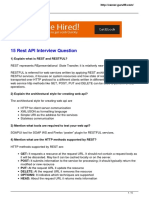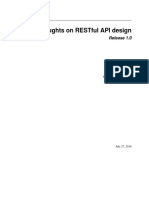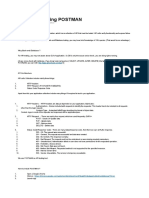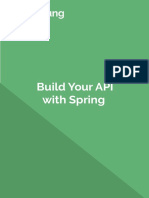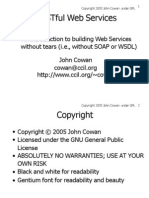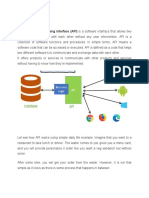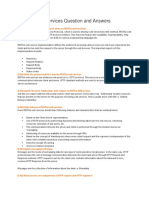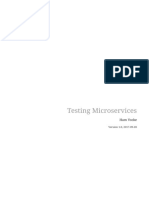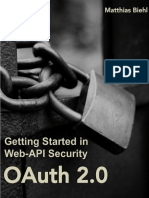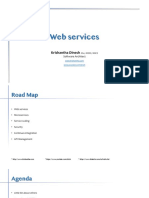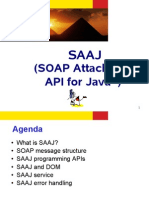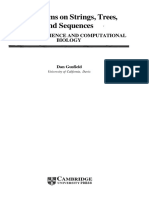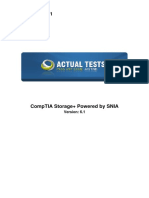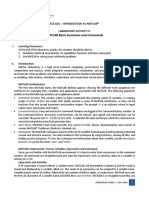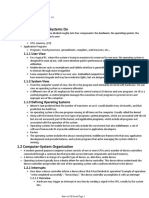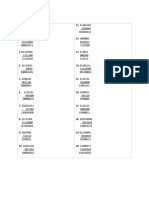100% found this document useful (1 vote)
765 views15 pagesRest API Best Practices
The document discusses best practices for REST APIs including:
- REST uses HTTP verbs like GET, POST, PUT, DELETE to perform CRUD operations on resources in a stateless manner allowing for horizontal scaling.
- JSON is a widely used data format for REST APIs and practices like JSON schema, standard response formats, and OAuth authorization should be followed.
- Tools like ELK stack, StatsD, Nagios and Nginx can be used for logging, metrics, monitoring and load balancing of REST APIs.
Uploaded by
deepak.angrula506Copyright
© © All Rights Reserved
We take content rights seriously. If you suspect this is your content, claim it here.
Available Formats
Download as PDF, TXT or read online on Scribd
100% found this document useful (1 vote)
765 views15 pagesRest API Best Practices
The document discusses best practices for REST APIs including:
- REST uses HTTP verbs like GET, POST, PUT, DELETE to perform CRUD operations on resources in a stateless manner allowing for horizontal scaling.
- JSON is a widely used data format for REST APIs and practices like JSON schema, standard response formats, and OAuth authorization should be followed.
- Tools like ELK stack, StatsD, Nagios and Nginx can be used for logging, metrics, monitoring and load balancing of REST APIs.
Uploaded by
deepak.angrula506Copyright
© © All Rights Reserved
We take content rights seriously. If you suspect this is your content, claim it here.
Available Formats
Download as PDF, TXT or read online on Scribd
/ 15








